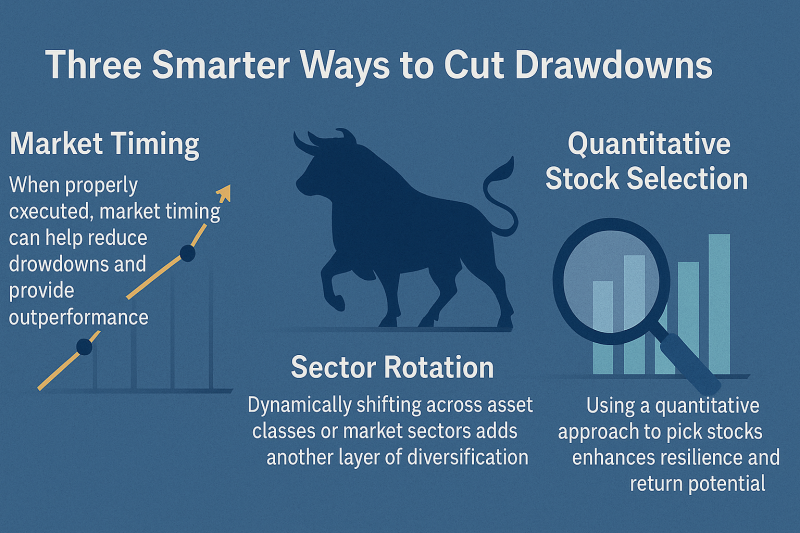Trends remain unchanged
US STOCKS
The secondary trend is bearish (secondary reaction against the primary bull market), as explained here.
All indices rallied more than 3% off their July 8th closing lows. So now either:
a) Stocks jointly violate their secondary reaction lows, in which case a primary bear market will be signaled.
b) Stocks jointly better their last recorded primary bull market highs (May 19th, for the INDU, May 21st, for the SPY, and May 18th for the TRAN), in which case the primary bull market will be reconfirmed.
GOLD AND SILVER
The primary and secondary trend is bearish as explained here.
By the way, the steep decline that followed SLV’s and GLD’s primary bear market signal, confirms that one should not “hope” for a rebound following a primary bear market signal in an attempt to get a better “exit” price. Experience says that ca. 2/3 of the time, a small rally follows immediately after the primary bear market signal. However, 1/3 of the time, such a rally fails to materialize and we get an even steeper decline. The money won by not selling immediately is more than lost in the 1/3 of occurrences when a collapse follows a primary bear market signal (i.e. 1929 and 1987 crash among other instances).
Bottom line: One must react as soon as possible once a primary bear market signal has been flashed.
GOLD AND SILVER MINER’S ETFs
As to the gold and silver miners ETFs,on 3/10/15 SIL violated its 12/16/2014 primary bear market closing low. On July 8, 2015 SIL violated its March 10th, 2015 closing low.
On 7/1/2015 GDX violated its secondary reaction lows of 3/10/2015, and hence, it confirmed the bearish action of SIL thereby signaling a primary bear market signal.
Thus the primary and secondary trend for SIL and GDX is bearish.
By the way, my musings concerning the need to promptly and without hesitation honor the Dow Theory signals do fully apply to SIL and GDX. Price action after the primary bear signal offered no respite to sellers. No rally, no mercy.
Sincerely,
The Dow Theorist
P.S: When I find time (oh my! Time is always in very short supply) I would like to write about the Chinese stock market debacle from a Dow Theory perspective. What has happened to Chinese stocks should give us food for thought concerning the US stock market. I have many times written that, after all, US stocks have been very lenient to investors during the last +115 years. Not only because they mainly went up, but because they behaved in an “orderly” manner (i.e. by producing close enough secondary reactions to give us good exit points, that is to contain losses and lock in profits). Chinese stocks seem to be more unbecoming to investors, and hence, they offer a wealth of insights for Dow Theorists in order to prepare for the worst (“worst” not being necessarily “lower” prices, but abrupt declines with no intervening secondary reactions). I hope to offer a couple of useful thoughts in a future post of this Dow Theory blog. How would we trade US Stocks, if one day they behaved like Chinese stocks? Think about it.




